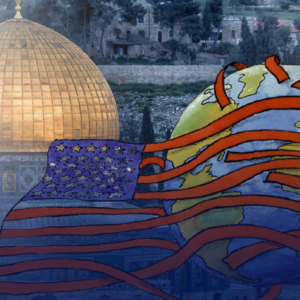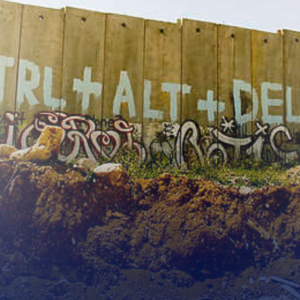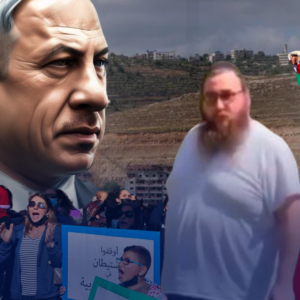Iran Decrypted VII: Foreign Influence in Iran
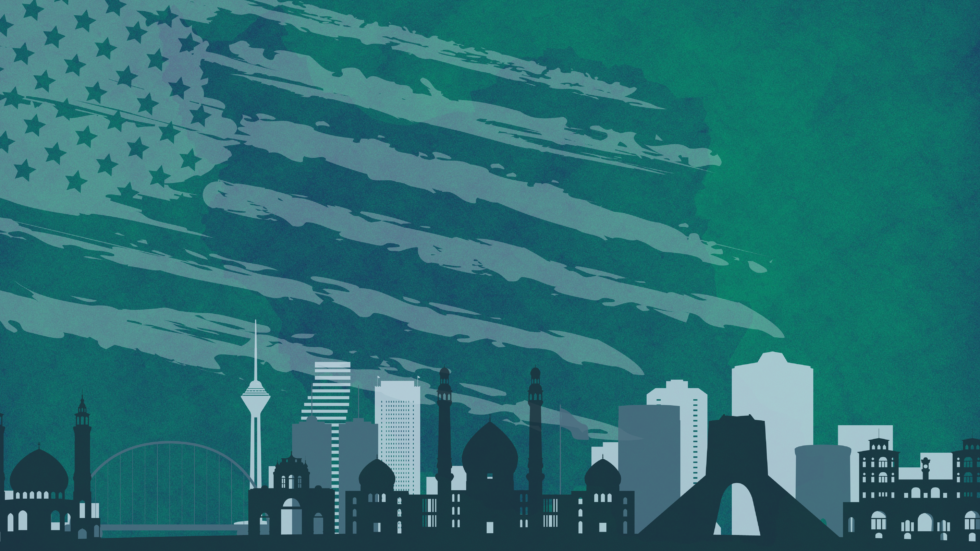
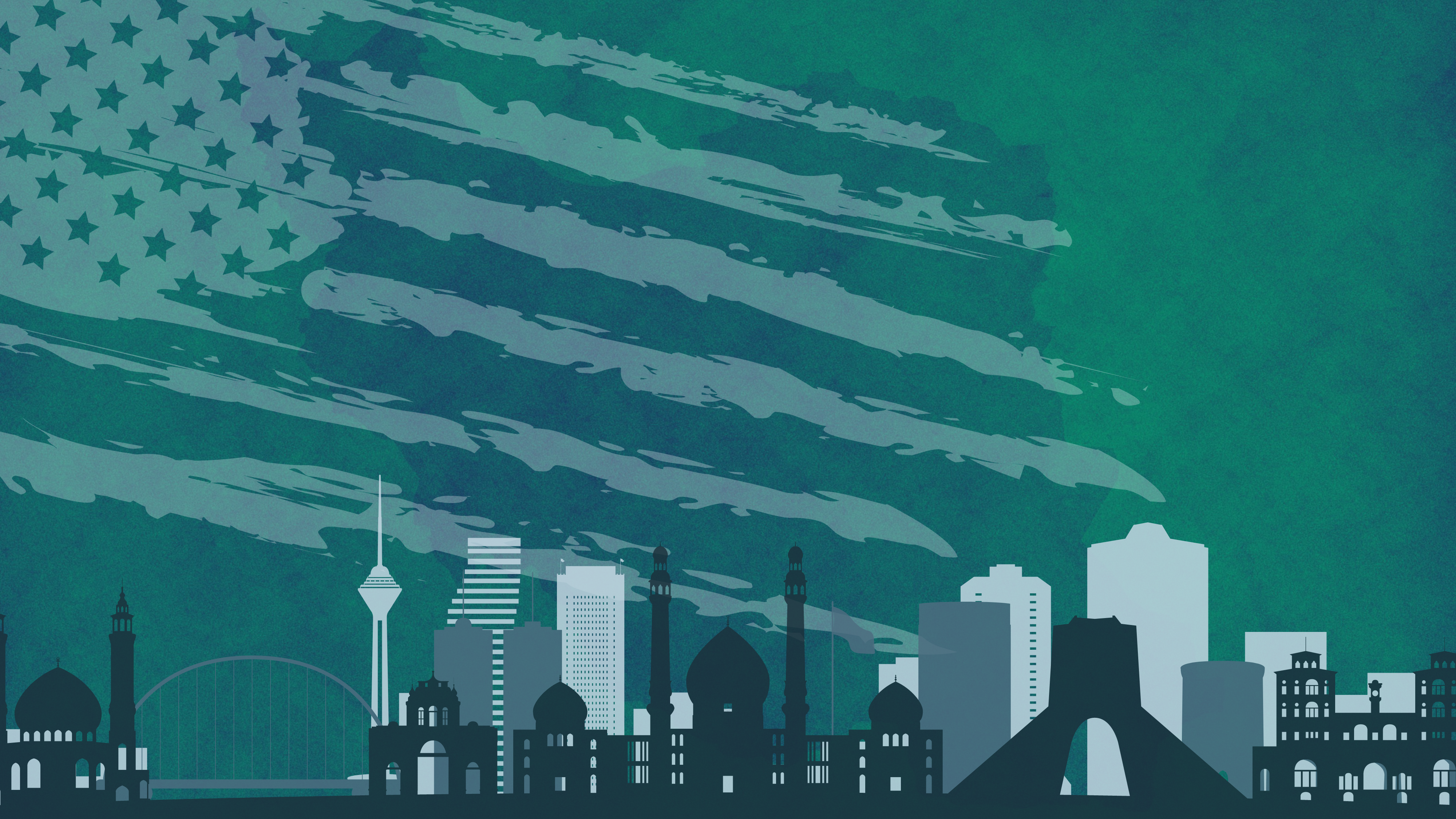
Iran Decrypted VII: Foreign Influence in Iran
As modern conflict moves away from hard industrial war to soft information warfare, the recent political unrest in Iran must be analyzed from a new global perspective, one that recognizes the convergence of historical contexts, present-day challenges, and future impacts within an international framework.
Written by: Sara Salimi | Copy Editors: Zainabrights, Fatima Alhajri | Design: Fatima El-Zein | Consultants: Fiza Raza, Batool Subeiti
SOURCES
24. https://www.trtworld.com/middle-east/mek-who-is-this-iranian-cult-backed-by-the-us-24178
25. https://www.npr.org/2019/01/31/690363402/how-the-cia-overthrew-irans-democracy-in-four-days
84. https://www.tehrantimes.com/news/478532/8-countries-trained-riot-leaders-Iranian-interior-minister
85. https://www.tehrantimes.com/news/478446/Over-1500-cold-hot-weapons-seized-from-rioters-in-Tehran
If you value our journalism…
TMJ News is committed to remaining an independent, reader-funded news platform. A small donation from our valuable readers like you keeps us running so that we can keep our reporting open to all! We’ve launched a fundraising campaign to raise the $10,000 we need to meet our publishing costs this year, and it’d mean the world to us if you’d make a monthly or one-time donation to help. If you value what we publish and agree that our world needs alternative voices like ours in the media, please give what you can today.






